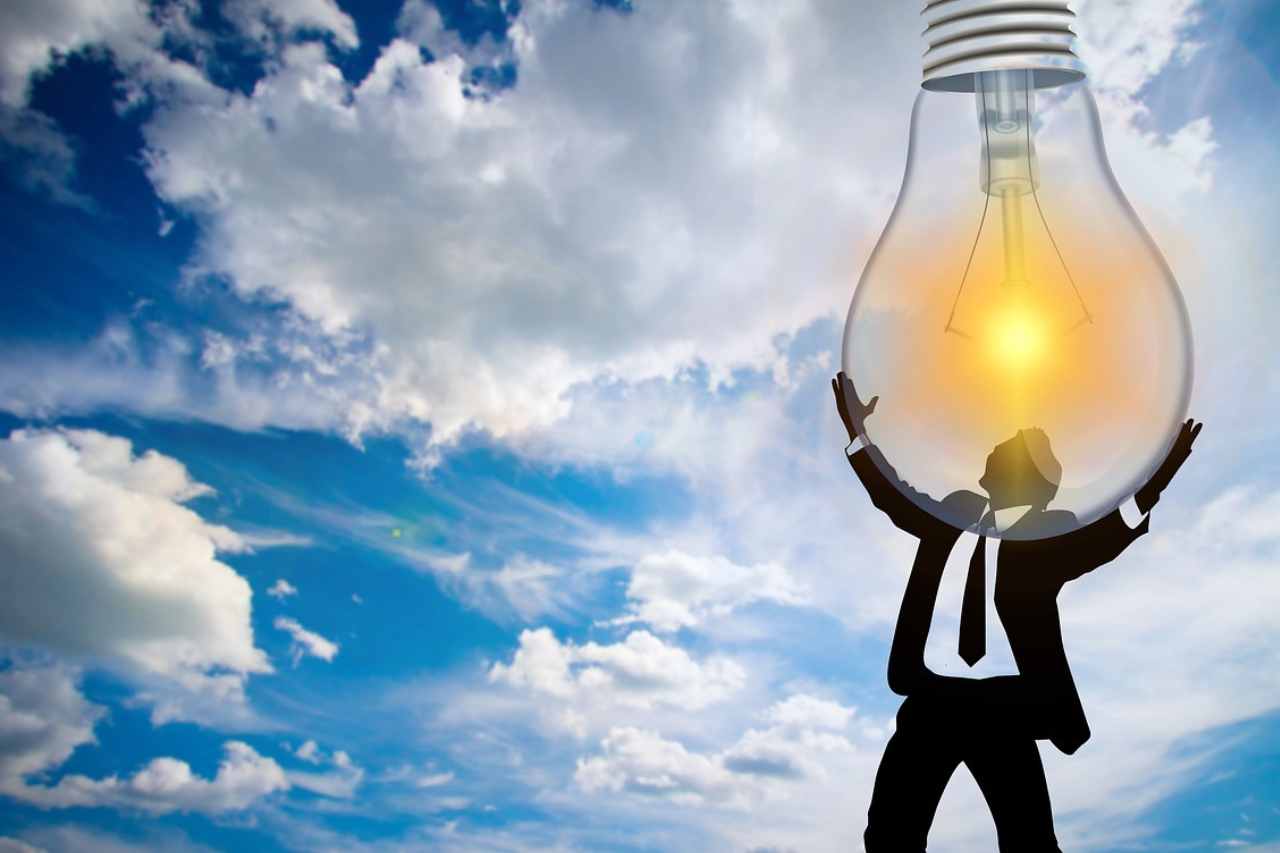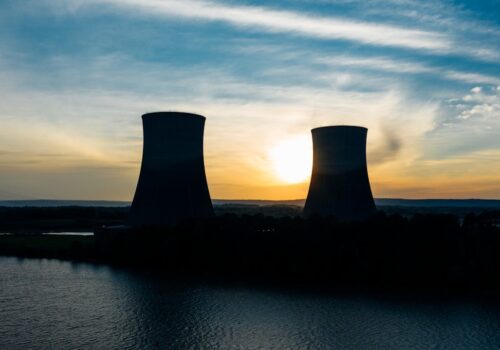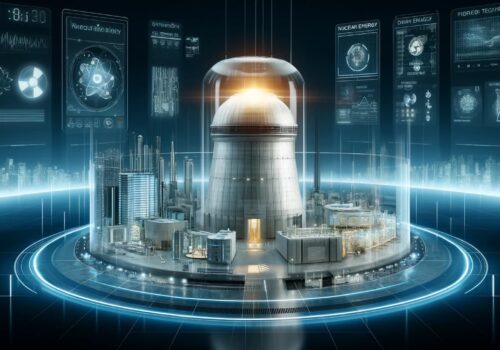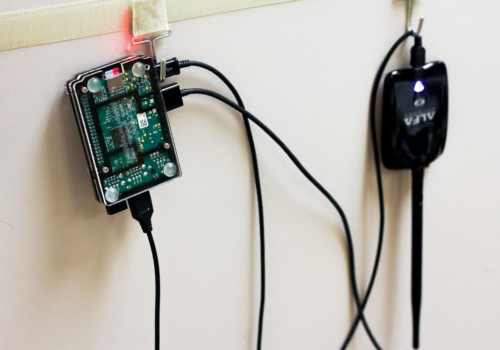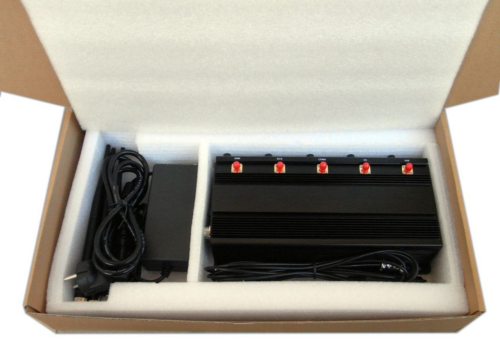Is nuclear energy the future?
Nuclear energy is primarily an option in the conservative section of political parties. As a physicist, outside of political considerations, I am also optimistic about nuclear energy. There is no direct CO2 emission and nuclear energy is an infinite energy source, especially when we make the step towards nuclear fusion. In this blog I look at the pros and cons of nuclear energy.
Currently, 10% of all electricity worldwide is generated by nearly 500 nuclear reactors. What about the new developments in nuclear energy in Western Europe? In Europe we focus on the European Pressurized Reactor (EPR). This reactor is considered to be the safest and most established nuclear reactor in the world.
There are currently two nuclear power plants in Europe in accordance with to the EPR design. The first power plant is being built in Finland, where the project has been underway since 2005. The costs were originally estimated at 3.5 billion euros, but now the counter is at 8.5 billion euros and the nuclear power plant is still not in operation. The second nuclear power plant will be located in Normandy. The construction started in 2007 with a budget of 3.3 billion euros. It’s now 6 years behind schedule and the estimated cost is 10.5 billion euros. The French government had to take interest in the power plant to avoid bankruptcy.
A third project is now being launched in Great Britain. This power plant is to be completed by 2026 and the British government has contracted a price of 10.5 euro cents per kWh. Which is quite high if you’d compare it with the current market price of 5 euro cents per kWh. Lower prices can already be achieved e.g. with electricity from wind farms at sea.
Future
One might ask if nuclear energy should have a future at all but in China they are passionately working on more than 30 reactors. In addition, about 40 plants are already in use. France built most of its 58 nuclear power plants in the 1970s. A positive legacy of this is that France now has the lowest electricity costs and CO2 emissions from electricity in Europe.
This makes it clear that building one or two nuclear power plants is very difficult. When opting for nuclear energy, it is important to go for it with at least tens of power stations. The challenge remains whether in a European context you can compete with current safety standards against electricity from wind, and to a lesser extent from the sun. The current future of nuclear energy lies in China and India, where dozens of reactors are being built simultaneously. There, they have sufficient experience with nuclear power plants and are able to keep costs within bounds.
